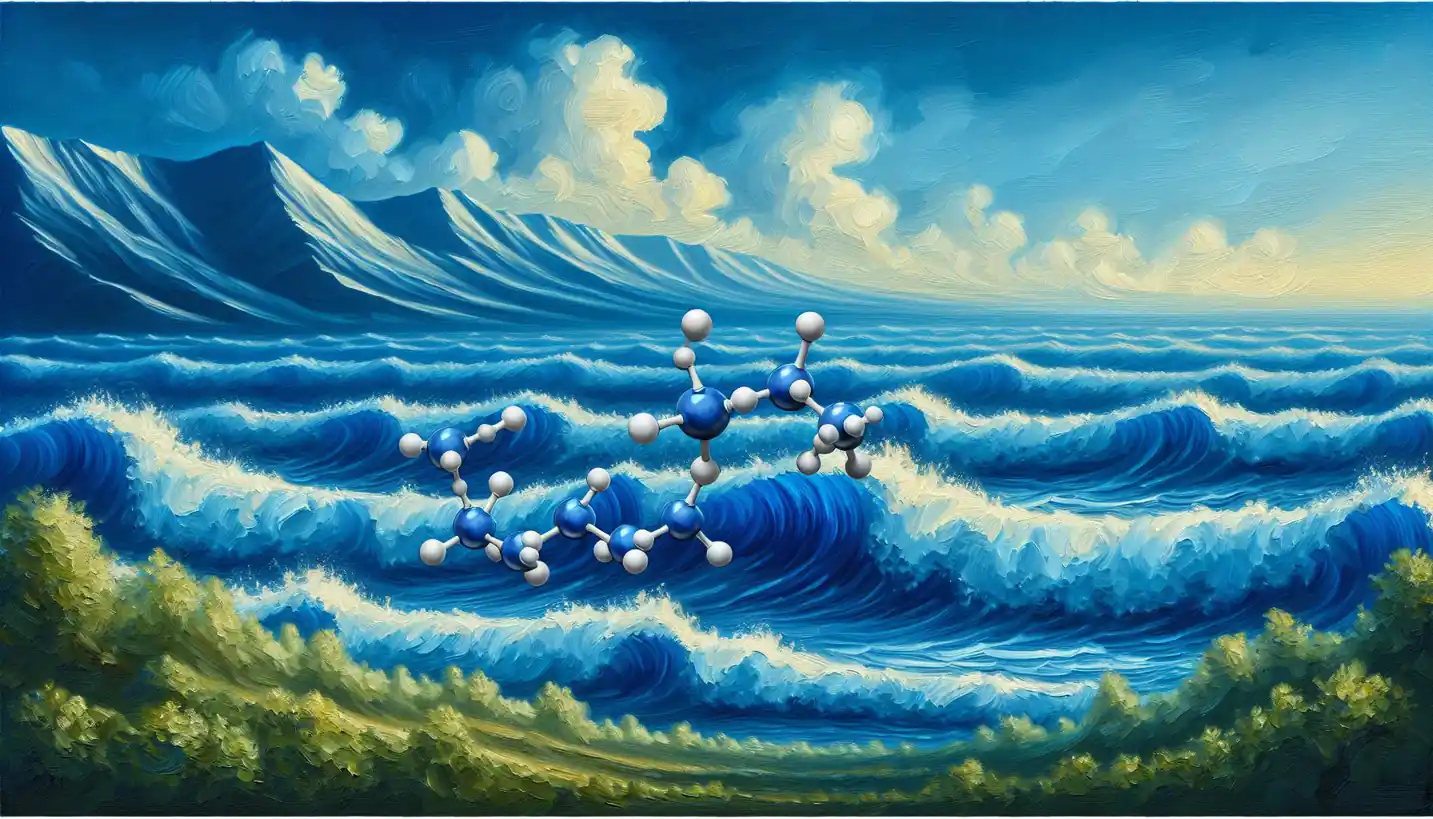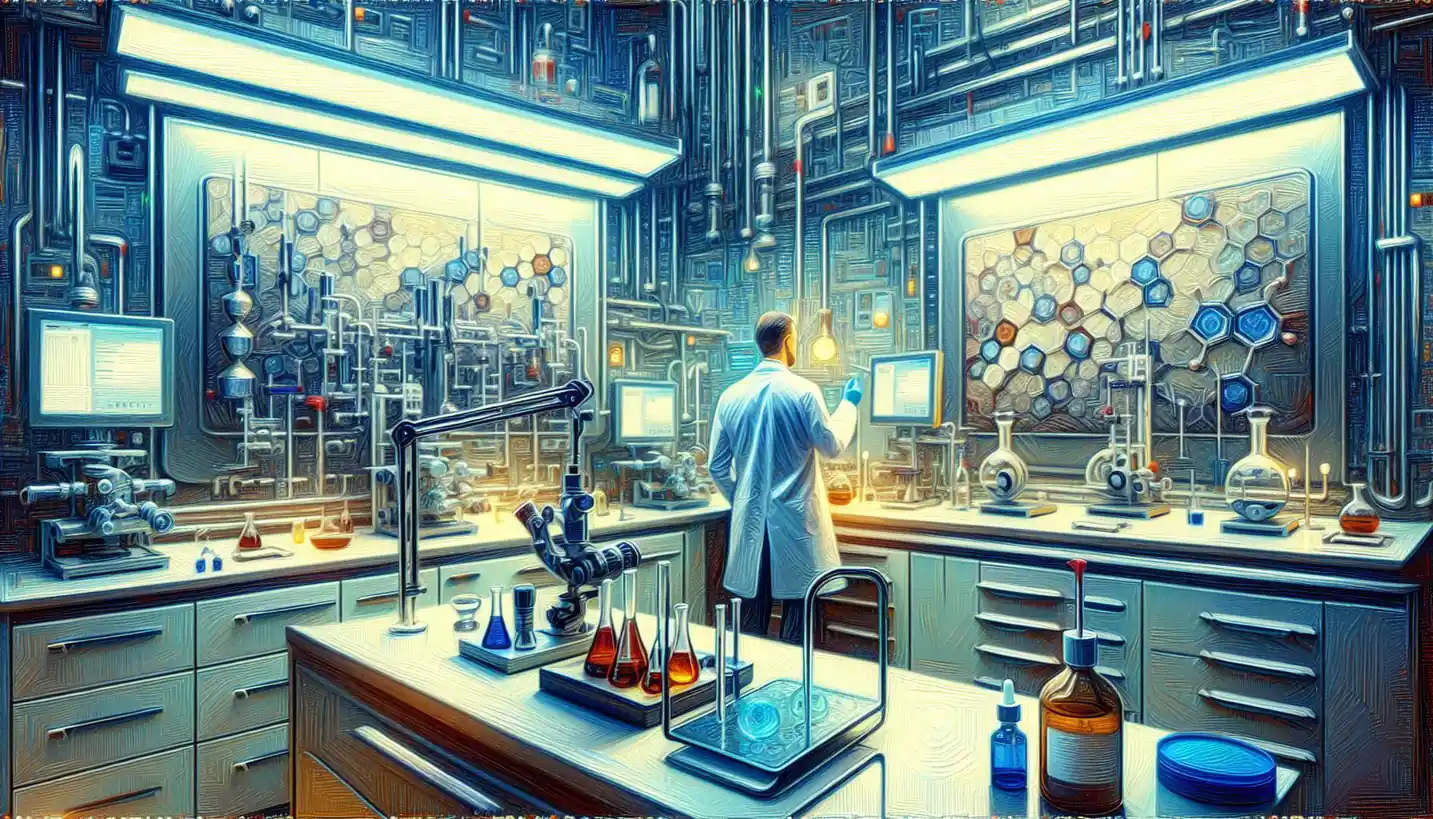· Chemistry · 4 min read
Active Site: The Heart of Biochemical Reactions
The active site of an enzyme is the epicenter of biological activity. Discover how these critical areas precisely control biochemical reactions necessary for life.

Sitting quietly within a bustling cell, tiny enzymes work like microscopic machines, orchestrating the chemistry of life. At the core of these enzymes lies a special region called the “active site,” a concept that’s pivotal in biochemistry and chemistry. But what exactly is the active site, and why is it so crucial?
Let’s dive into this fascinating world.
What is the Active Site?
Picture a busy kitchen. In this culinary metaphor, the enzyme is the chef, and the active site is like the chef’s workstation—the place where all the chopping, mixing, and flavoring happen. The active site is where the magic of catalysis occurs, turning raw ingredients (substrates) into delicious meals (products).
In scientific terms, the active site is a specific region on the enzyme where substrate molecules bind, undergo a chemical reaction, and then transform into products. This site is like a neatly formed pocket, designed with just the right shape and chemical properties to fit its substrate snugly.
How Does the Active Site Work?
To understand how an active site functions, we can think of it like a lock and key system. The substrate acts as the key, perfectly matching the shape of the lock, which is the active site. When the substrate enters the active site, it fits so precisely that it triggers the enzyme to catalyze a chemical reaction—breaking down or building up molecules swiftly and efficiently.
But it’s not just about shape. The chemical environment within the active site is finely tuned to encourage the reaction. Think of this as the chef adjusting the kitchen temperature and tools to cook a dish perfectly.
The Science Behind the Precision
The accuracy with which a substrate fits an active site is no coincidence. Enzymes are proteins, and their active sites are carefully crafted through a sequence of amino acids folded in a 3D shape. This structure is crucial for recognizing specific substrates—a process known as specificity.
Let’s take an example: the enzyme lactase. Its active site is crafted precisely to fit lactose, the sugar found in milk. When people who are lactose intolerant consume dairy, their bodies lack enough lactase enzyme, resulting in discomfort. This highlights the importance of that snug fit between substrate and active site.
Evolution Fine-Tuning Enzymes
Evolution has played a significant role in shaping active sites. Over millions of years, natural selection has honed these enzymes to become remarkably efficient and specific. This fine-tuning allows life to thrive, making processes like digestion, respiration, and DNA replication possible.
One might wonder, could we design enzymes? Scientists are indeed working on enzyme engineering, aiming to create custom enzymes with active sites designed for specific industrial or medical purposes. This is a glimpse into the future where enzymes could help produce biofuels or even treat diseases.
Why is the Active Site Important?
Understanding active sites helps scientists design better drugs. Medications often work by interacting with enzymes, either blocking an active site to stop a disease-related reaction or enhancing it to boost beneficial reactions. For example, many drugs used to treat high blood pressure or depression work by targeting enzyme active sites in the body.
Moreover, enzymes and their active sites are vital for metabolic pathways—a series of reactions occurring within a cell. These pathways are like assembly lines in a factory, with each enzyme performing a specific task to keep the cell functioning smoothly.
Future Perspectives
As we continue to learn more about active sites, the implications for science and medicine are enormous. Could we engineer enzymes to degrade plastic waste or create more sustainable chemical processes? Could we design super-effective drugs with minimal side effects?
In recent years, advancements like CRISPR and synthetic biology have opened exciting doors for enzyme research. Scientists envision a future where active sites are customized to perform new, beneficial reactions that nature never intended.
Concluding Thoughts
The active site, despite its tiny size, holds immense power over life’s chemistry. By understanding these molecular workstations, we unlock the potential to shape the future of medicine, industry, and environmental science. Just as in our kitchen analogy, where the right tools and space can create a culinary masterpiece, the active site enables life’s intricate recipe to come together seamlessly.
As biochemistry continues to unravel these molecular mysteries, the excitement around active sites will only grow. Who knows what new discoveries await as we delve deeper into the microscopic world of enzymes?
The exploration of active sites is not just a journey into the small but a voyage into the limitless potential of life’s building blocks.


